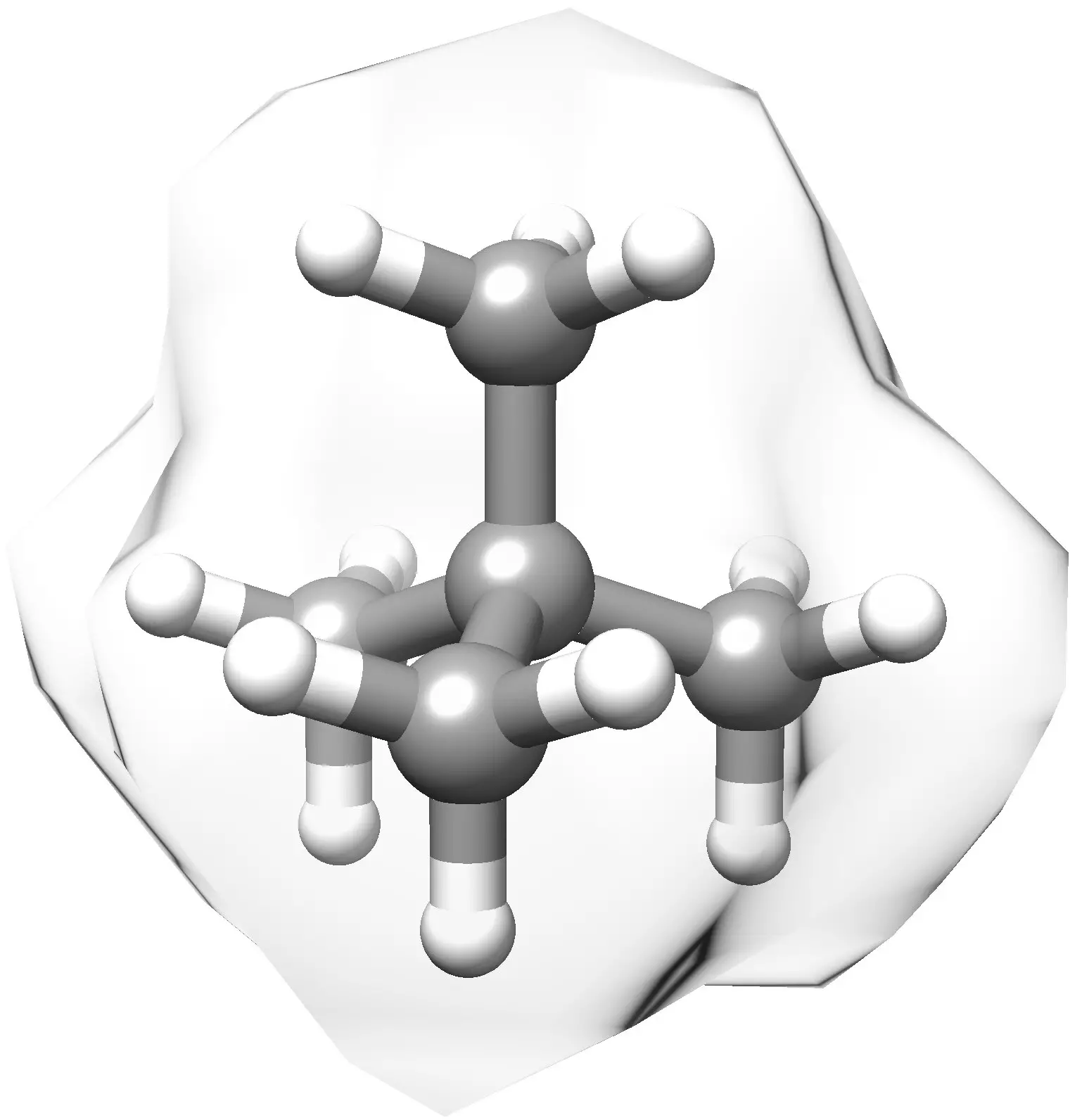In the realm of drug development, the creation of small molecules is a crucial step in the process. These molecules, containing a carbon structure, play a vital role in the effectiveness of various medications. However, the challenge lies in producing these molecules efficiently, especially when they require a quaternary carbon – a carbon atom bonded to four other carbon atoms. Thankfully, recent research by scientists at Scripps Research has unveiled a groundbreaking method that could revolutionize the synthesis of these complex molecules.
The Breakthrough Discovery
Published in Science on April 5, 2024, the study conducted by chemists at Scripps Research reveals an innovative approach to transform feedstock chemicals into quaternary carbons using a single, cost-effective iron catalyst. This discovery has the potential to significantly impact drug developers by streamlining the process of molecule production, making it more affordable and scalable. Nathan Dao, one of the co-first authors of the study, emphasizes the importance of quaternary carbons in various research areas, from drug discovery to material science, highlighting the widespread application of this new method.
Catalysts are essential substances that accelerate chemical reactions, increasing their rate and efficiency. In traditional methods, multiple catalysts are often required, resulting in a complex mixture of reactants known as a ‘reaction soup’. However, the Scripps Research team found that a single catalyst could perform multiple crucial roles, simplifying the process significantly. By identifying optimal conditions to convert carboxylic acids and olefins into quaternary carbons using an iron-based catalyst, the researchers have opened doors to a more streamlined and cost-effective approach to molecule synthesis.
The simplicity of this new method is a game-changer in the field of organic chemistry. By eliminating the need for multiple catalysts and complex reaction conditions, the process becomes more accessible and cost-effective. Co-senior author Ryan Shenvi highlights the significance of this simplicity, emphasizing that difficult chemical reactions can now be achieved with minimal components. This streamlined approach not only reduces waste but also enhances the overall efficiency of molecule production.
Implications for Drug Development
The implications of this research extend beyond the realm of chemistry, impacting the fields of technology and pharmaceuticals significantly. The collaboration between the researchers at Scripps Research and other institutions underscores the power of teamwork in unveiling transformative discoveries. Dr. Phil Baran, the senior co-author of the study, emphasizes the profound impact of this work on simplifying the practice of organic synthesis, marking a milestone in the development of modern drug development processes.
The innovative approach developed by scientists at Scripps Research represents a paradigm shift in the synthesis of small molecules. By simplifying the process of creating quaternary carbons through a cost-effective iron catalyst, the researchers have paved the way for more efficient and scalable molecule production. This breakthrough not only benefits drug developers but also highlights the critical role of chemistry in shaping the future of technology and pharmaceuticals. As the collaboration continues to drive groundbreaking discoveries, the impact of this research on the field of drug development is bound to be profound.


Leave a Reply